More stories

Data Loss Prevention (DLP) for Salesforce
Salesforce houses high volumes of customer information, support tickets, quotes and files, synced emails, tasks & notes, and much more. This data can often be accessed by teams across the company who may leverage Salesforce to provide prospects and customers with a great customer experience.

How to implement cloud DLP with new Nightfall tools and product updates
The Nightfall blog is a knowledgebase for cybersecurity professionals with news and insights from the world of cloud security. Each week, we’re publishing new content to help you stay up-to-date on cybersecurity topics and to prepare you for the issues and threats that occur every day on the job.

Database Security: How Cloud DLP Can Help Protect Sensitive Data
Databases are great targets for hackers and cybercriminals. There’s a wealth of information that can be gained by infiltrating a database, from proprietary intellectual property to customer data to financial records. One of the reasons why database security is so difficult is known as “Anderson’s rule” — that the more useable and more accessible the database, the more vulnerable it is to security threats.

Creating a custom Temporal data convertor for encryption
Nightfall is a data security vendor that integrates with our customers’ third party applications (Slack, Google Drive, Github, Jira etc) to, on a continuous real-time basis, scan all content being added to these applications for sensitive data.

Data Masking Techniques and Best Practices for Data Security
The risks of a data leak have never been higher. Over the last year, data breach costs rose from $3.86 million to $4.24 million, a record high. Data exfiltration, sophisticated hacker attacks, and even insider threats are forcing organizations across the board to take a more sophisticated, multi-layered approach to data security.

6 Cloud Data Loss Prevention Best Practices & Strategies
Data loss prevention (DLP) refers to a category of tools and technologies that classify, detect, and protect information (data) in three states: data in use, data at rest, and data in motion. The purpose of DLP is to enforce corporate data security policies that govern where data does — and doesn’t — belong.

Redacting Sensitive Data in 4 Lines of Code with Nightfall Data Loss Prevention (DLP) API
In this tutorial, we'll demonstrate how easy it is to redact sensitive data and give you a more in-depth look at various redaction techniques, how Nightfall's data loss prevention (DLP) API works, and touch upon use cases for redaction techniques.

Developer-centric news & updates from Nightfall
The Nightfall blog is a knowledgebase for cybersecurity professionals with news and insights from the world of cloud security. Each week, we’re publishing new content to help you stay up-to-date on cybersecurity topics and to prepare you for the issues and threats that occur every day on the job

Understanding The Gramm-Leach-Bliley Act (GLBA) Privacy Rule
The Gramm-Leach-Bliley Act, known as the GLBA, was passed in 1999 under President Clinton. The goal of the GLBA was to update and modernize the financial industry. Today, it’s primarily used to protect customer and consumer information, with steep penalties for financial institutions that violate its privacy rules. Here’s what you need to know about the GLBA and its regulations.

Nightfall Introduces 3 Powerful Remediation Features to Enhance Security Teams’ Efficiency
Our team has been hard at work with continuous updates to improve and streamline the Nightfall DLP platform. We wanted to share with you the latest platform updates guaranteed to improve the speed at which security administrators and teams will be able to remediate incidents.

What is a Cyber Security Playbook and How Can it Benefit Your Security Program?
You probably don’t need anyone to tell you that, today, infosec and cybersecurity are challenging and fast-paced endeavors. In the last five years alone, we’ve seen a myriad of industry altering developments — from an ever expanding universe of privacy compliance legislation and the permanent entrenchment of hybrid and remote work, to growth in the size and scope of data breaches — the world of security has proven ever complex and ever-shifting.

NIST vs ISO Compliance: What's the Difference?
As businesses and health organizations seek to strengthen cybersecurity, they’re turning frequently to compliance frameworks to help prioritize, guide, and improve decision-making and implementation. Two of the more popular compliance frameworks are the NIST CSF and the ISO 27001.

How does sensitive information end up in observability platforms?
Observability (logs, traces, metrics) is a core tenet to building strong software systems. Logs are used to debug issues and check on system activity, traces provide valuable insights into system performance and architecture, and metrics allow engineering teams to closely track business metrics within their systems.

What is Data Exfiltration?
Data exfiltration, quite simply, is the risk of your data ending up somewhere it doesn’t belong. Though this definition might seem simple, understanding this risk is quite complicated — especially as companies migrate their data into the cloud. Companies that work remotely using cloud platforms like Google Drive, AWS, or Jira often struggle to maintain the visibility needed to ensure their data remains secure. This increases the risk of data exfiltration, which can often go undetected for weeks, if not longer.

How Penetration Testing Helps Cloud DLP
The market for penetration testing is expected to reach $3.1 billion by 2027, rising at a market growth of 12% CAGR during this time. Fueled by the rising number of mega-breaches and more sophisticated attacks, IT teams are taking a more proactive approach, using penetration testing to validate and improve their security configurations.

Distributed Tracing with Datadog
Here at Nightfall we ensure that we are always using the most appropriate technology and tools while building services. Our architecture involves serverless functions, relational and NoSQL databases, Redis caches, Kafka and microservices written in Golang and deployed in a Kubernetes cluster. To effectively monitor and easily troubleshoot our services, we use distributed tracing across our services.

How To Manage The Hidden Impacts of Data Leak With Cloud DLP
Data leaks are a type of data loss threat that often fly under the radar — making them potentially more damaging than a malware or ransomware attack. Compared to data breaches, data leaks put customer information at risk accidentally. Data leaks can lead to credit card fraud, extortion, stolen IP, and further attacks by cybercriminals who seek to take advantage of security misconfigurations.

ICYMI: 5 Major Considerations for Slack Security in 2022
We hosted a webinar alongside Bluecore CISO Brent Lassi to discuss data security risks facing high-growth organizations like his on SaaS systems like Slack. Watch the following clips to learn 5 important lessons about Slack and SaaS security that are worth keeping in mind this year.

3 Ways to Prevent Data Exfiltration in your SaaS Apps
Data exfiltration poses a significant threat to organizations across all industries. With cybercriminals using increasingly sophisticated methods to illicitly obtain sensitive information, IT and security teams face the daunting task of protecting their digital assets against both internal and external threats. This webinar will provide your team some practical strategies to enhance your company's defenses against data exfiltration.

Protect Your Email From Sensitive Data Loss and Data Exfiltration
Email remains a critical channel for business communication and also remains a prime exfiltration and attack vector. Traditional Secure Email Gateways (SEGs) and rules-based DLP solutions are proving inadequate against data loss, exfiltration, sophisticated attacks and the complexities of modern cloud environments. Whether your organization relies on Gmail or Exchange or a hybrid email environment, Nightfall AI can protect your email against data loss and exfiltration with a comprehensive, flexible, and efficient approach to protecting your email across platforms.

Building Security at an Enterprise Scale
Nightfall for Notion DLP is purpose-built to pinpoint sensitive data across Notion workspaces. Whether you’re using Notion as an internal wiki, a note-taking app, or something more, Nightfall’s AI-powered detectors will identify and remediate high-priority risks to ensure that your business stays continuously secure and compliant as you scale.

Next-Gen Secrets Detection for the Age of AI
All employees have a part to play in keeping company secrets safe—however, developers have an outsized role due to their privileged access to sensitive databases, production systems, and source code. With these unique challenges in mind, Nightfall partnered with Snyk to offer AI-powered secrets scanning for developers working in every stage of the code-to-cloud lifecycle.

ChatGPT and Gen AI: How to Stay Secure and Compliant
Generative AI is exploding, allowing companies to do more with less. It is, however, also exposing companies to more data security risks than ever before. In our upcoming fireside chat, we'll join Enrique Salem, former CEO of Symantec, and Isaac Madan, CEO of Nightfall, to discuss the biggest security risks of Gen AI, as well as strategies you need to stay compliant without impacting employee innovation. By the end of the chat, you'll be armed with the tools you need to safely use ChatGPT and other Gen AI tools across your business. See you there!

Protected Health Information (PHI) detector for digital healthcare datasheet
Healthcare organizations require an effective way to scale HIPAA compliance enforcement across their cloud applications without excessive time and resource commitment. This requires a high-accuracy solution capable of parsing context to identify PHI violations as they are defined by HIPAA

Guide to HIPAA Compliance on Slack
Data loss prevention (DLP) is an important part of data security and compliance in the cloud, especially for organizations regulated by HIPAA. Furthermore, healthcare teams using Slack must follow specific guidelines laid out in Slack’s Business Associate Agreement (BAA).
.webp)
Guide to Data Loss Prevention (DLP) for Jira
Data loss prevention (DLP) is an important part of data security and compliance in the cloud, especially for organizations using SaaS applications that store high volumes of data. Companies turn to DLP solutions to discover, classify, and protect their sensitive data in environments like Jira, and maintain compliance with regimes like GDPR, CCPA, PCI, and more.

Guide to Data Loss Prevention (DLP) in Google Drive
Data loss prevention (DLP) is an important part of data security and compliance in the cloud, especially for organizations using SaaS applications that store high volumes of data. Companies turn to DLP solutions to discover, classify, and protect their sensitive data in environments like Google Drive, and maintain compliance with regimes like GDPR, CCPA, PCI, and more.

Data Security with the Nightfall Developer Platform
As a result of growing data breaches governments across the world are beginning to implement compliance regimes which require organizations to understand the quantity and nature of that data they’re ingesting. The Nightfall developer platform is designed to help organizations accomplish this with APIs that allow developers to stream data to our machine learning detectors for classification.

The Business Case for Cloud Data Protection
As organizations continue to rapidly adopt SaaS and cloud infrastructure, IT and security teams are becoming stretched. The expanding universe of business-critical cloud applications creates increased risk for the exposure of sensitive data like PII, PHI, as well as secrets and credentials. Cloud data protection is essential to ensuring employees follow best practices for handling sensitive data and that systems are configured in a manner that prevents unauthorized access.


.png)


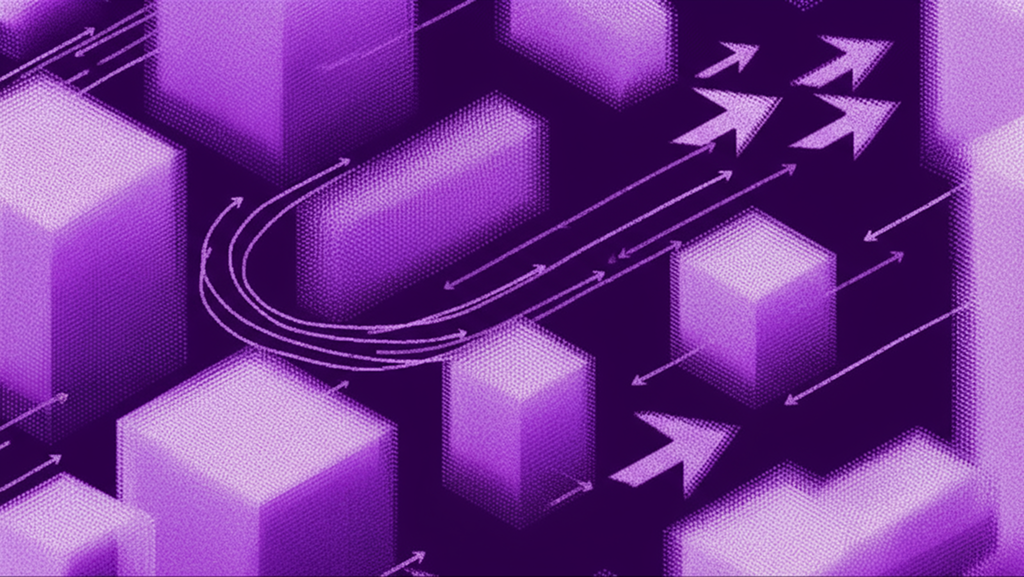
.png)
.png)
.png)
.png)
.png)
.png)
.png)
.png)
.png)
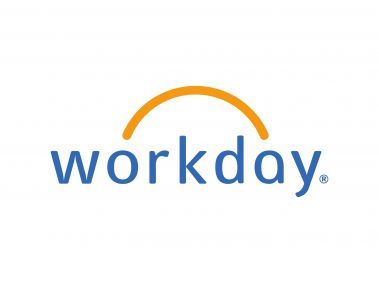

.png)
.png)
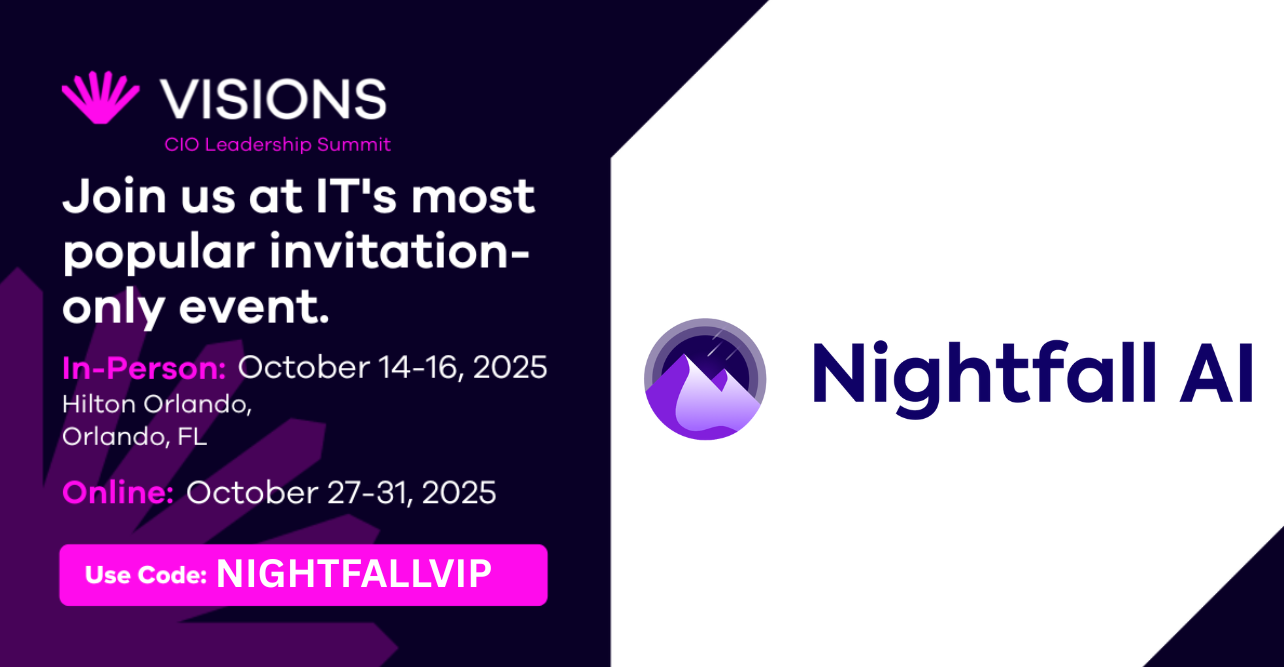
.png)

.png)


.png)
.png)
.png)
.png)




.png)
.png)


.png)












































































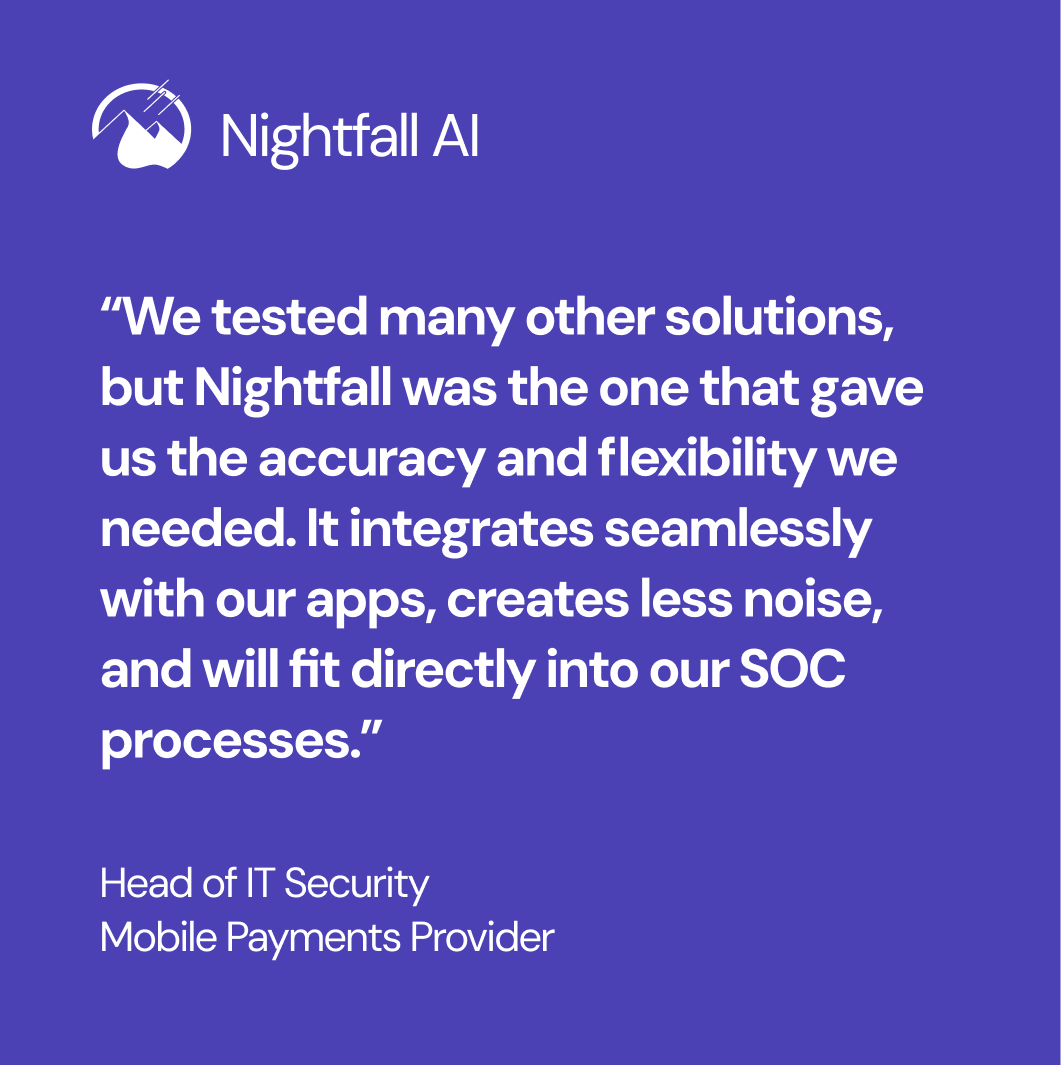
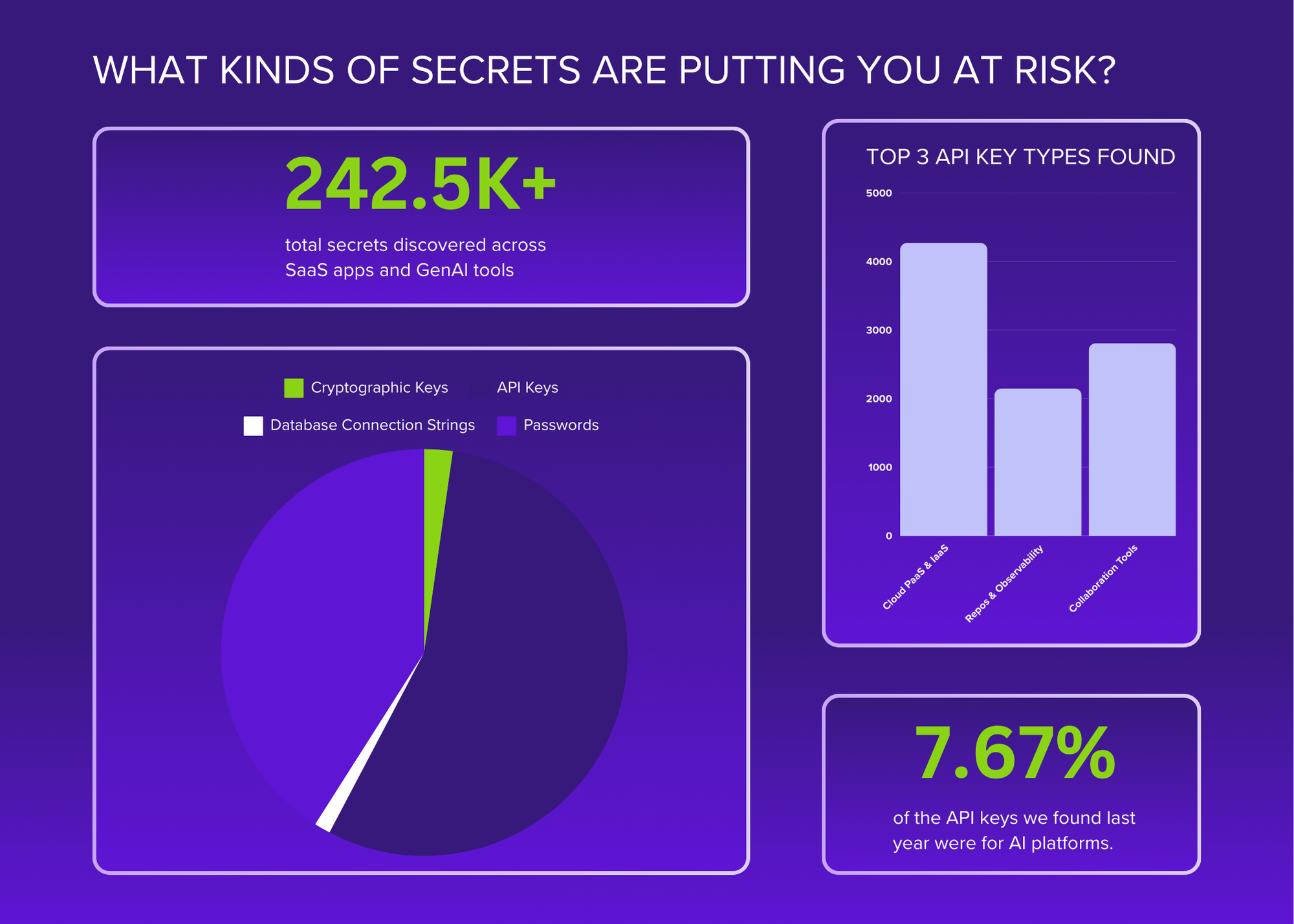
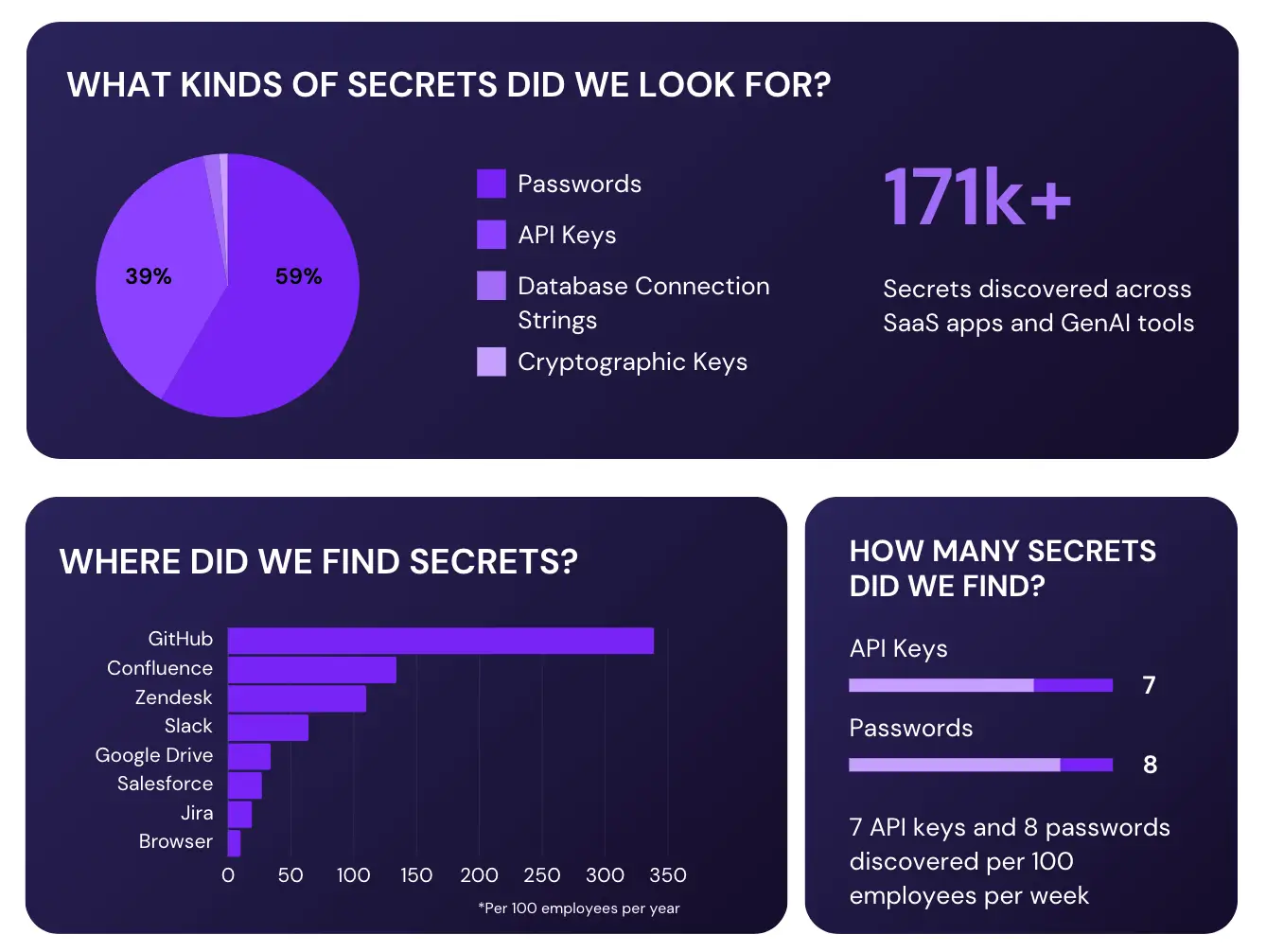





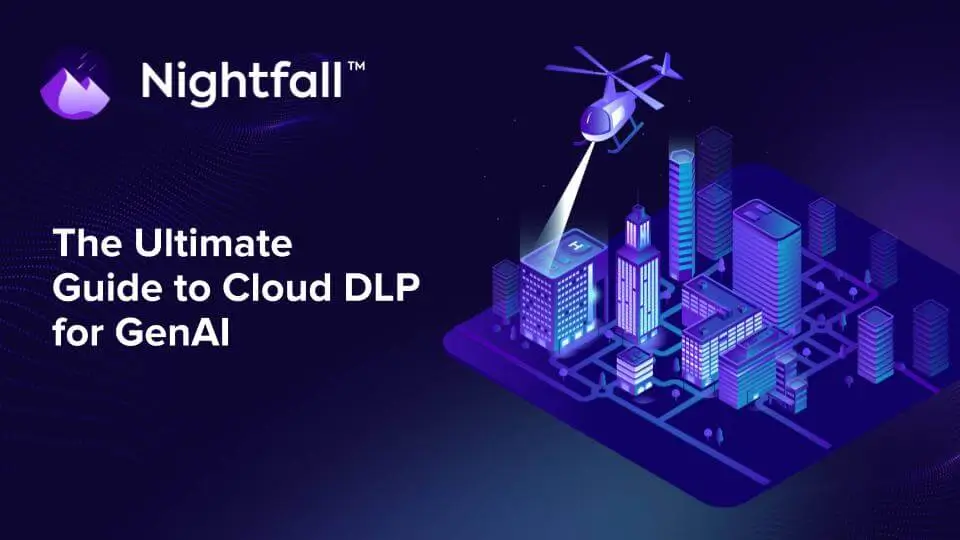














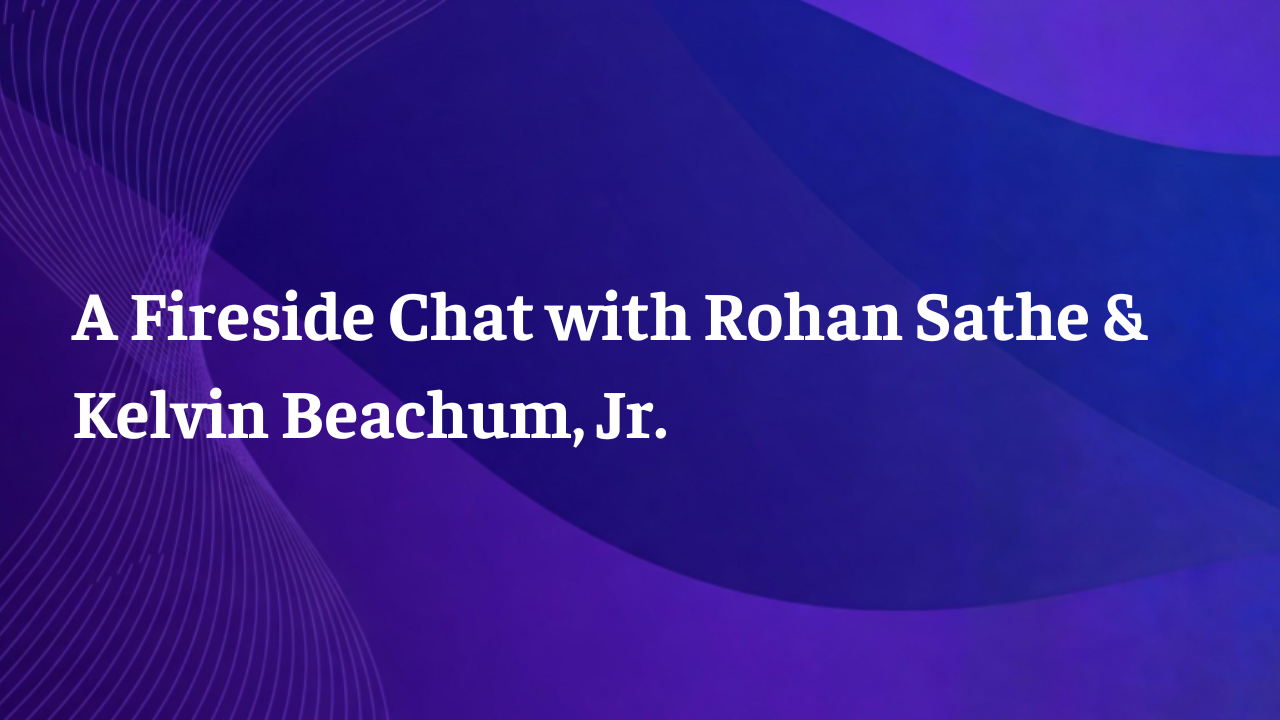
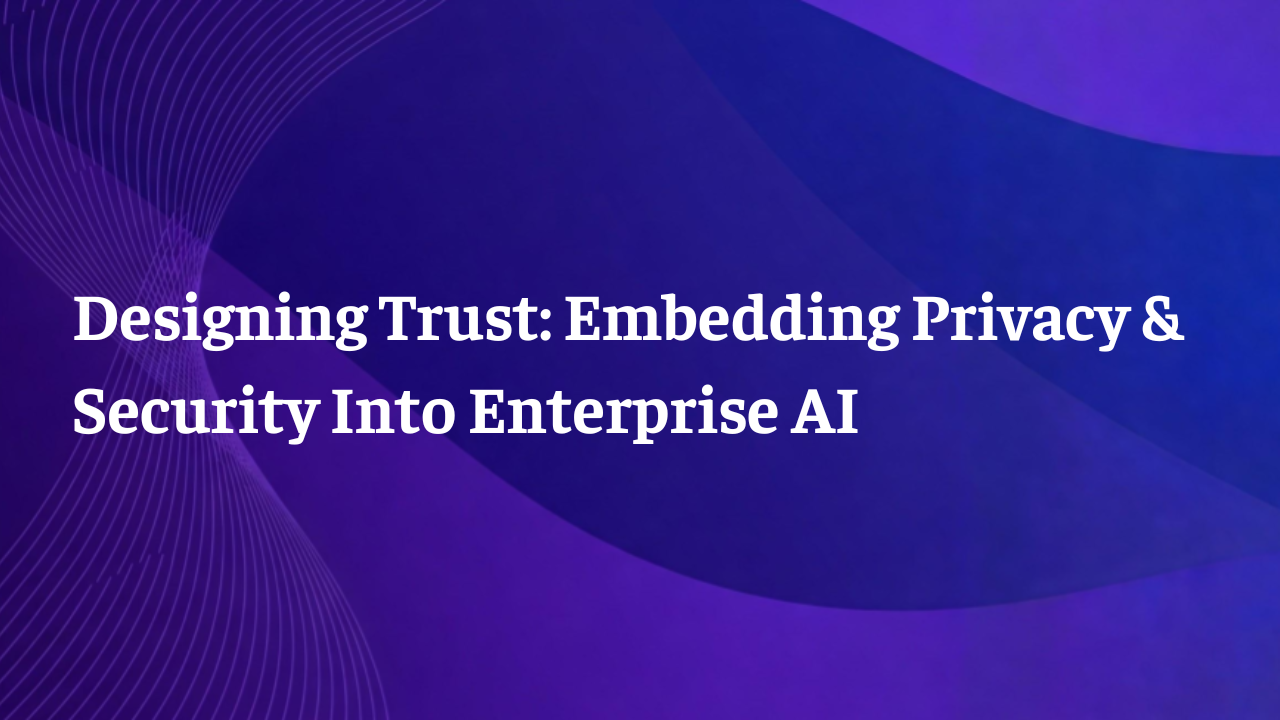
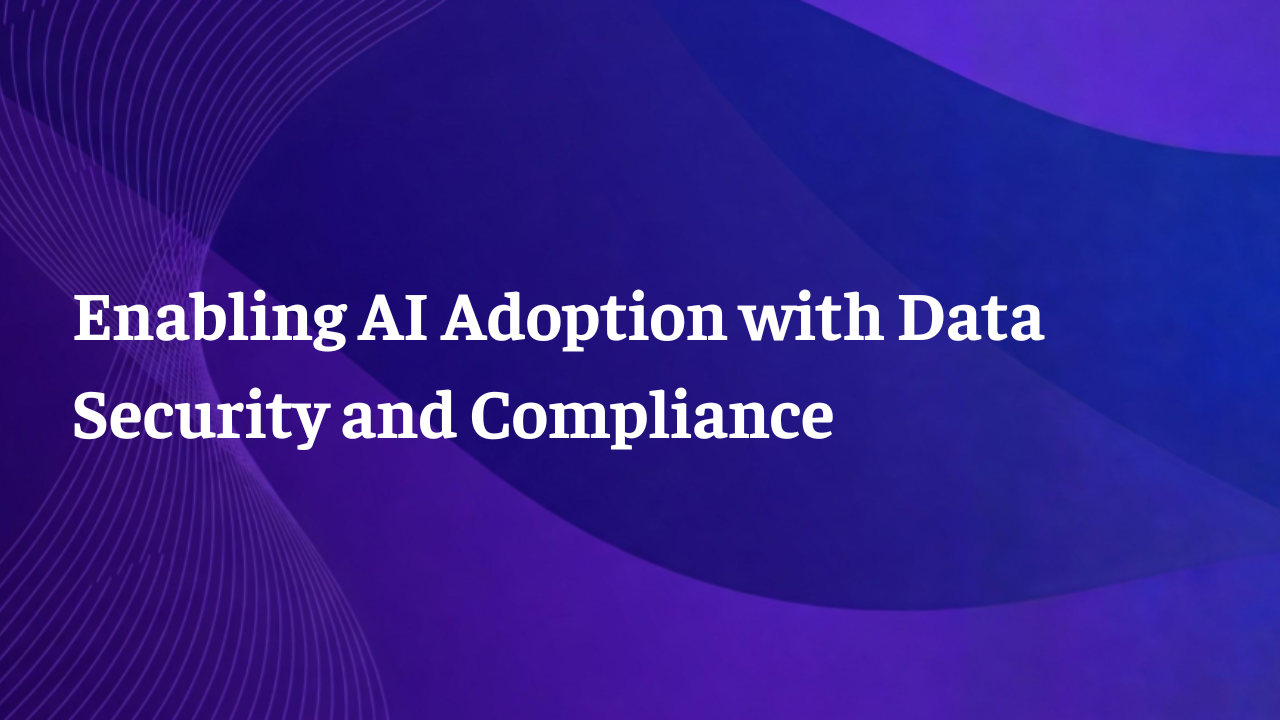
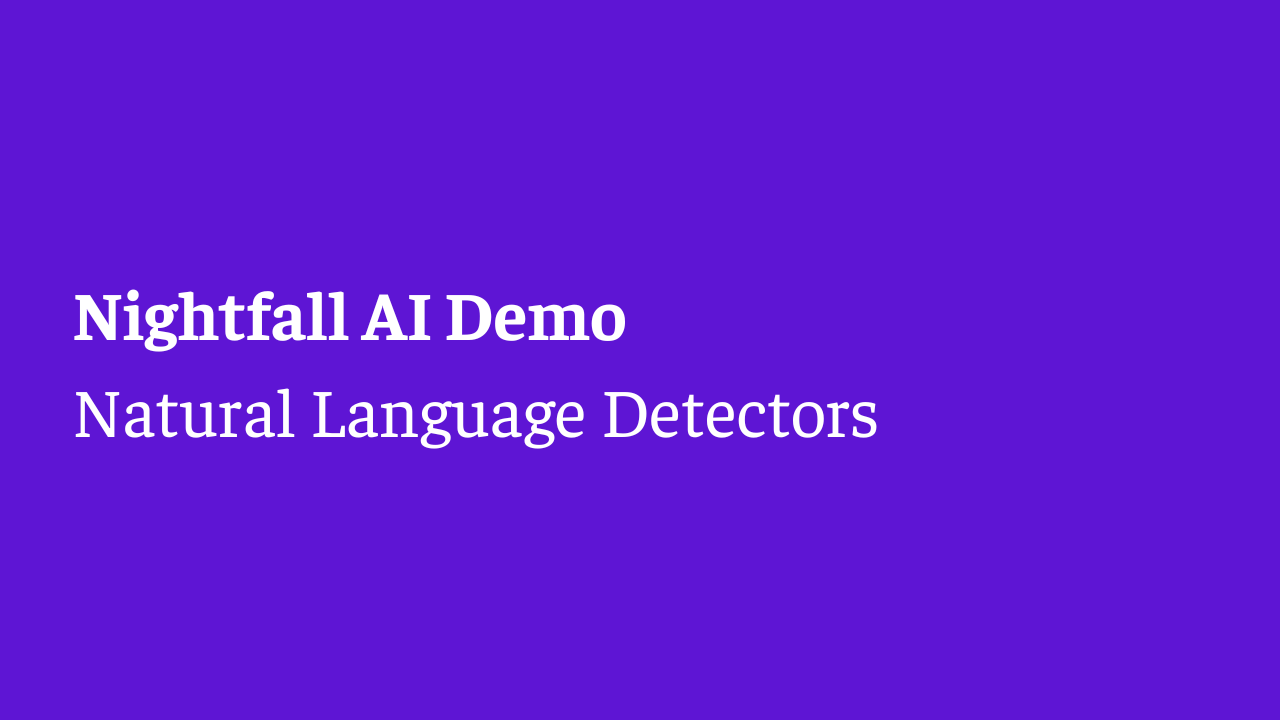

.png)
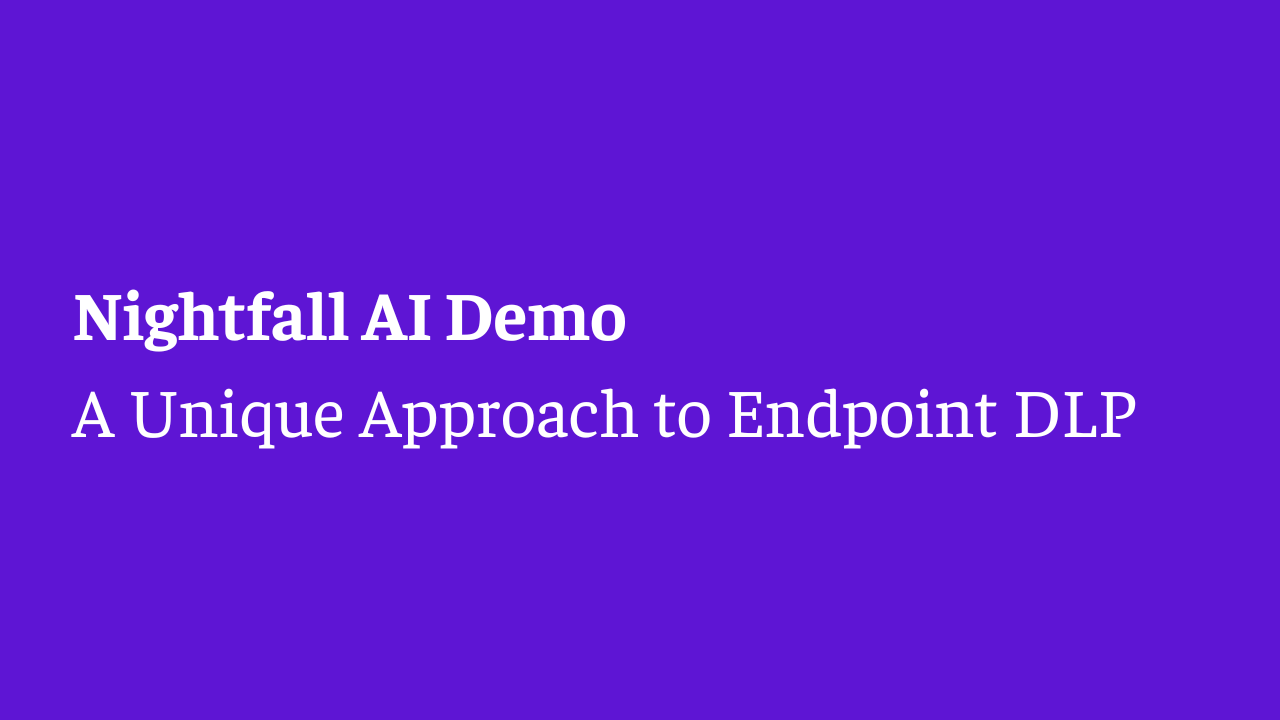
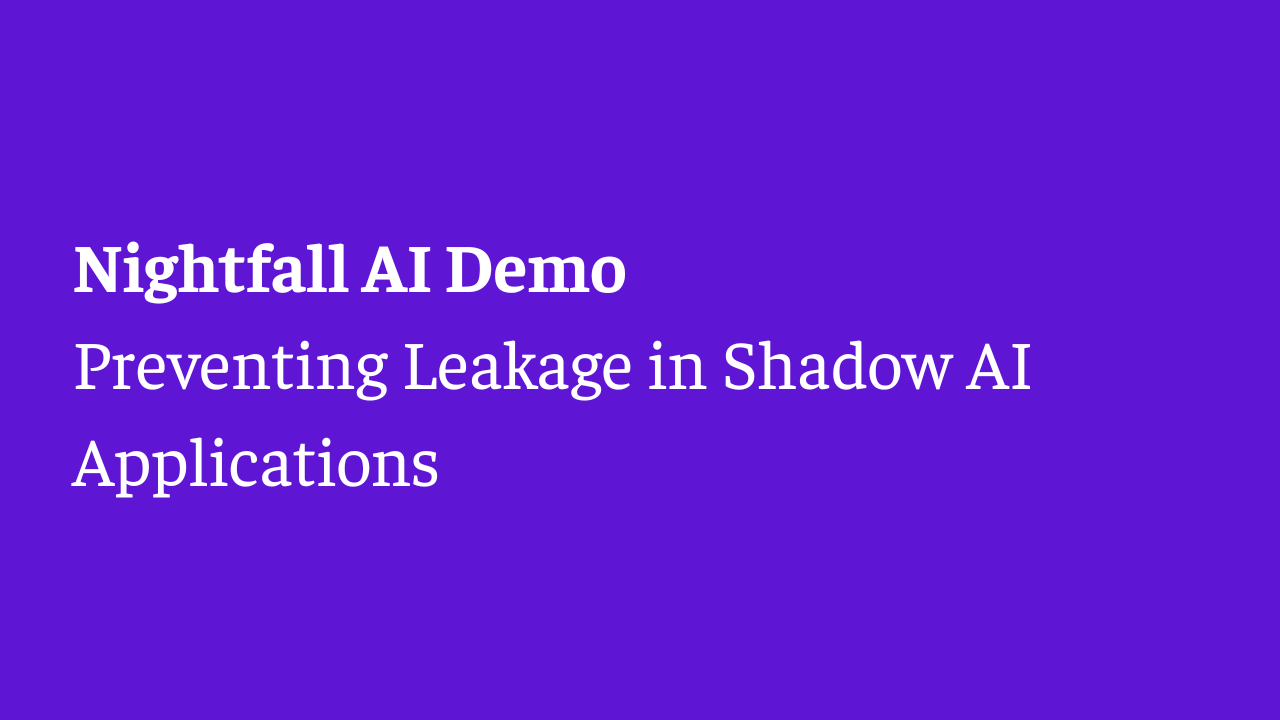
.png)
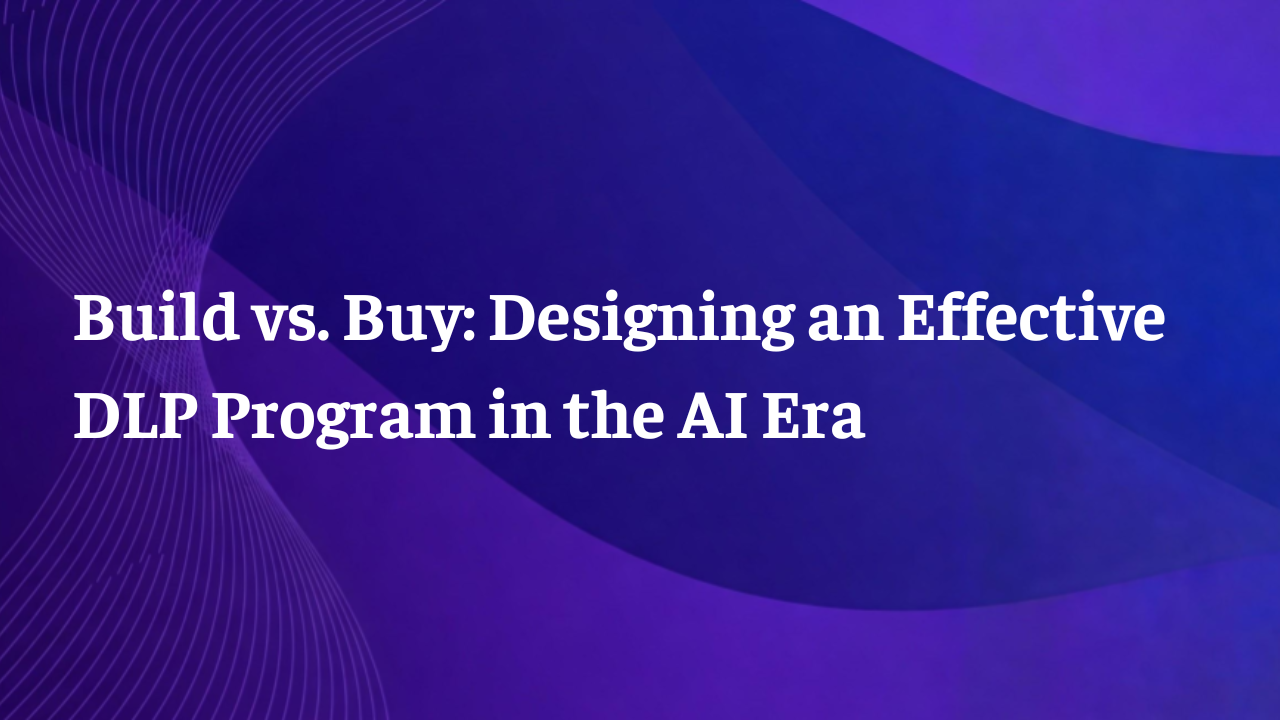
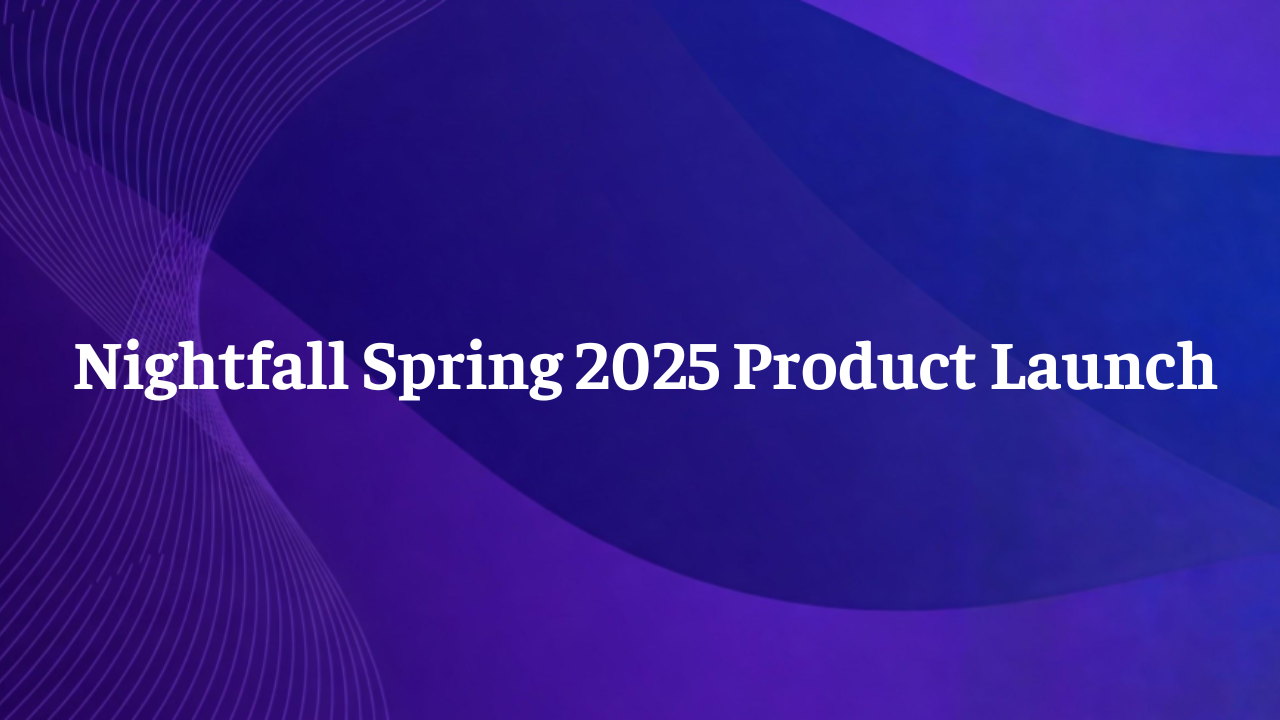
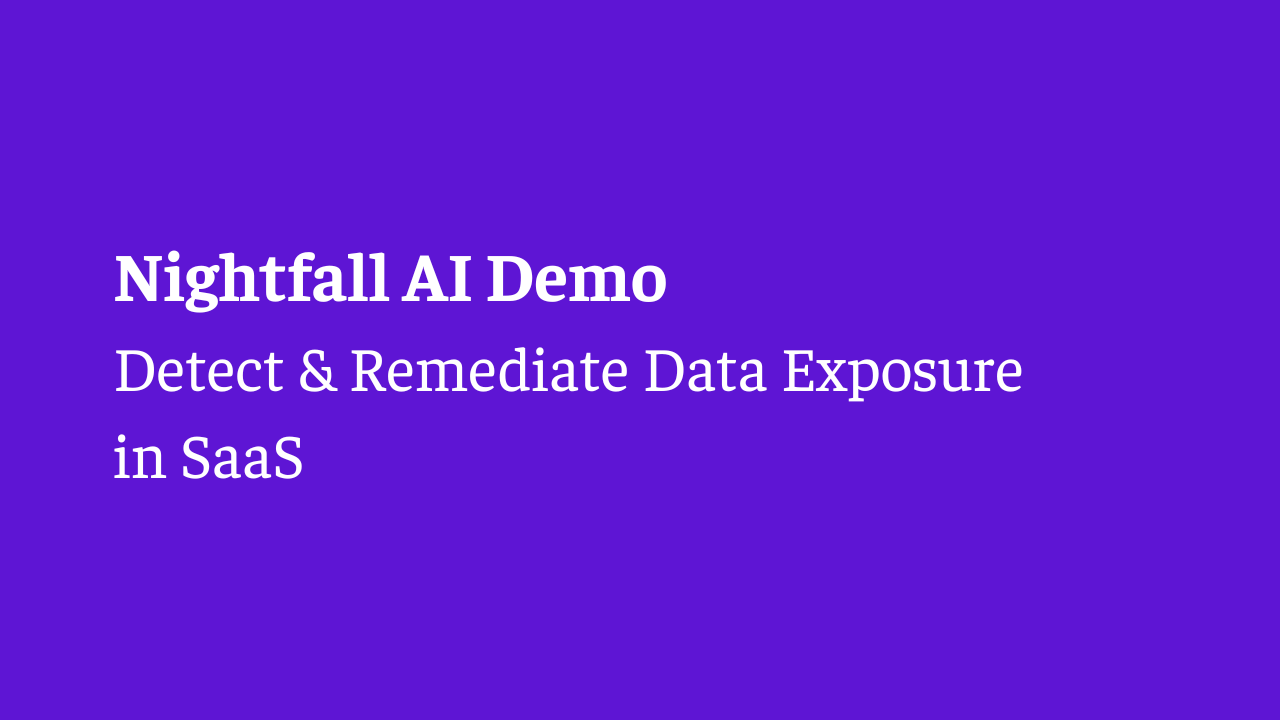
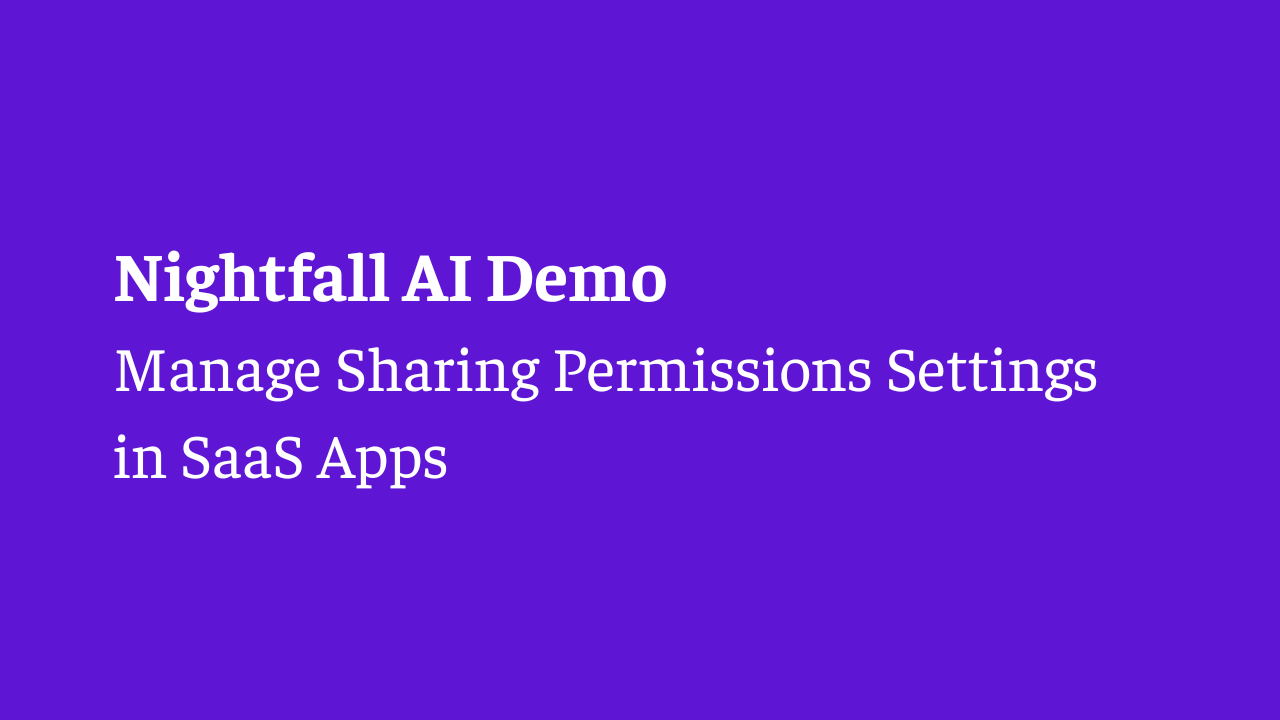

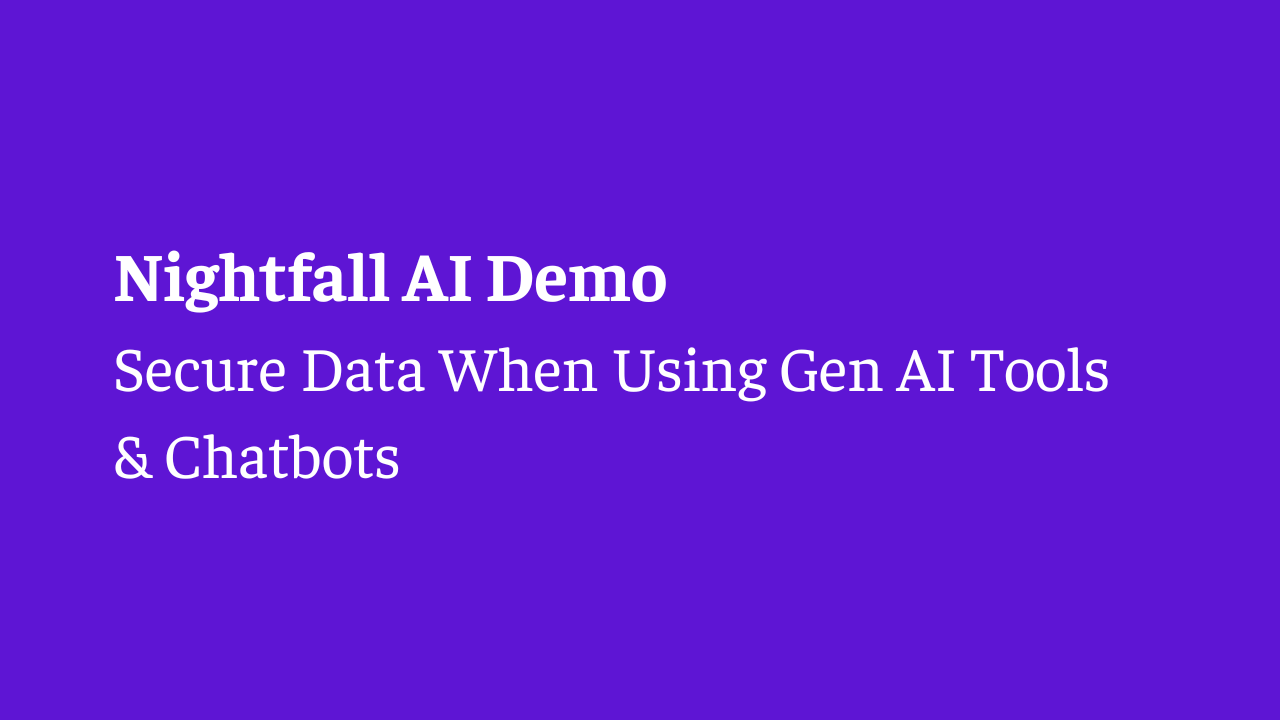
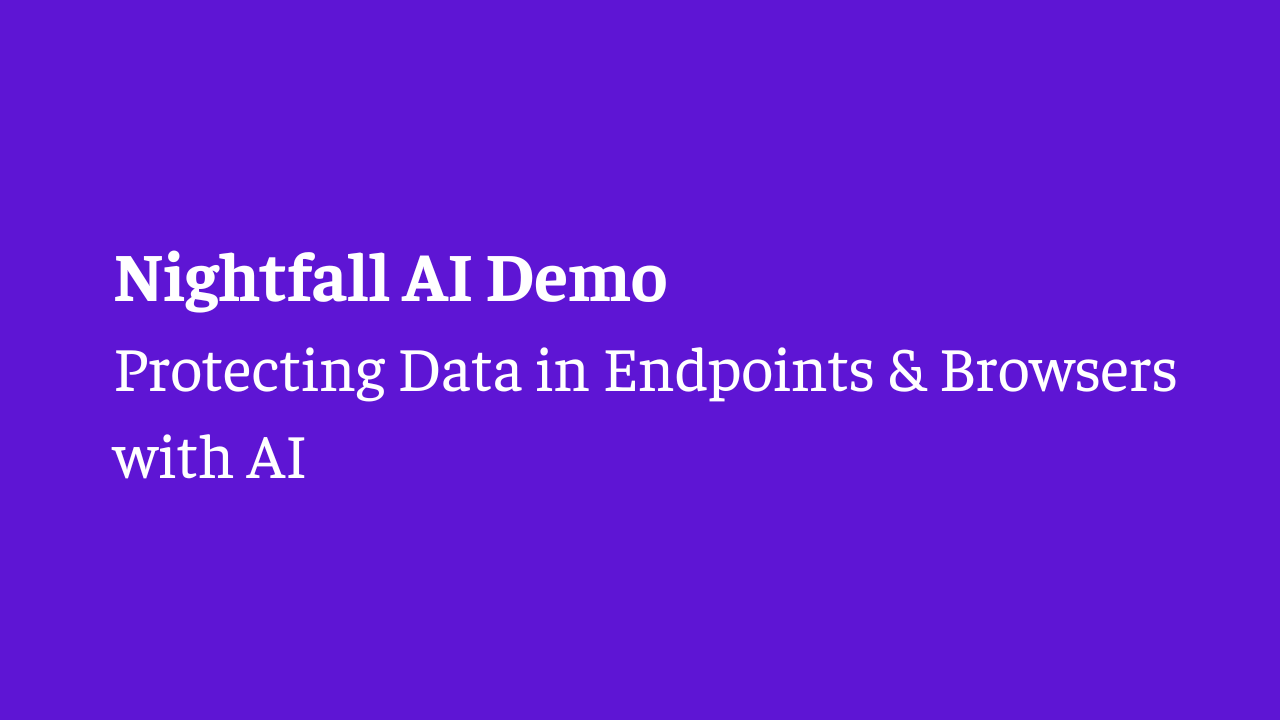
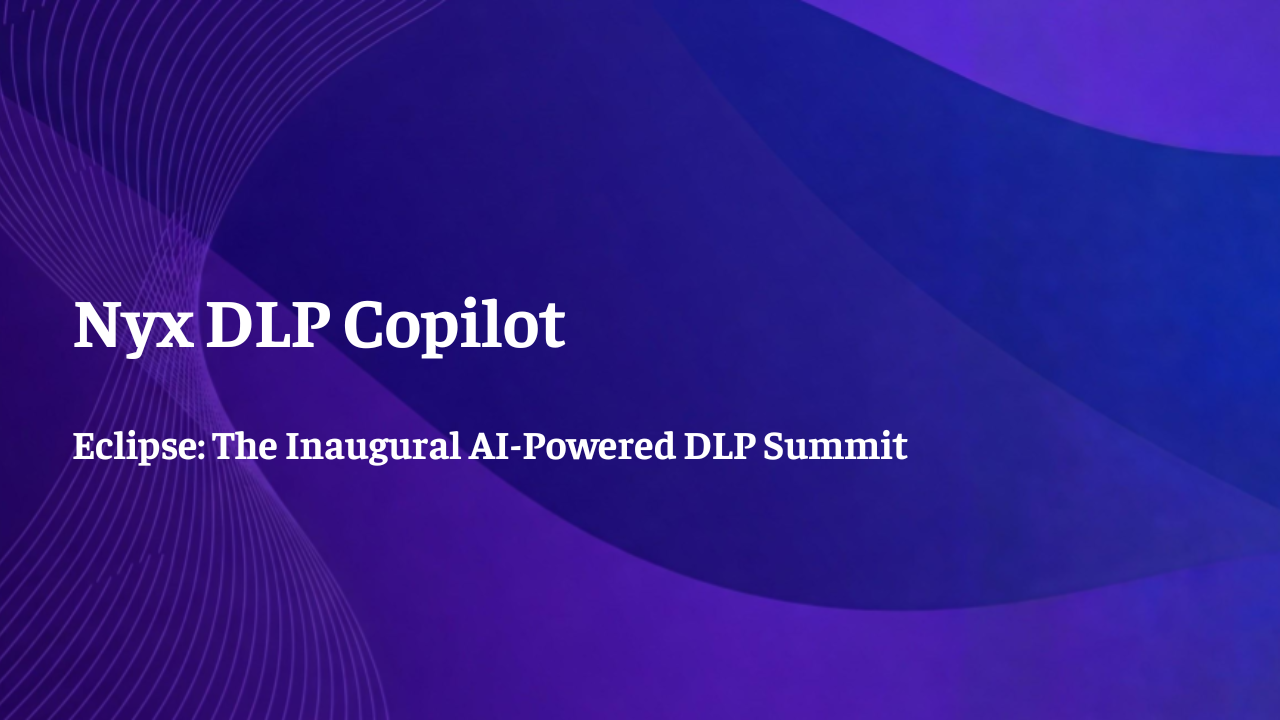
.png)
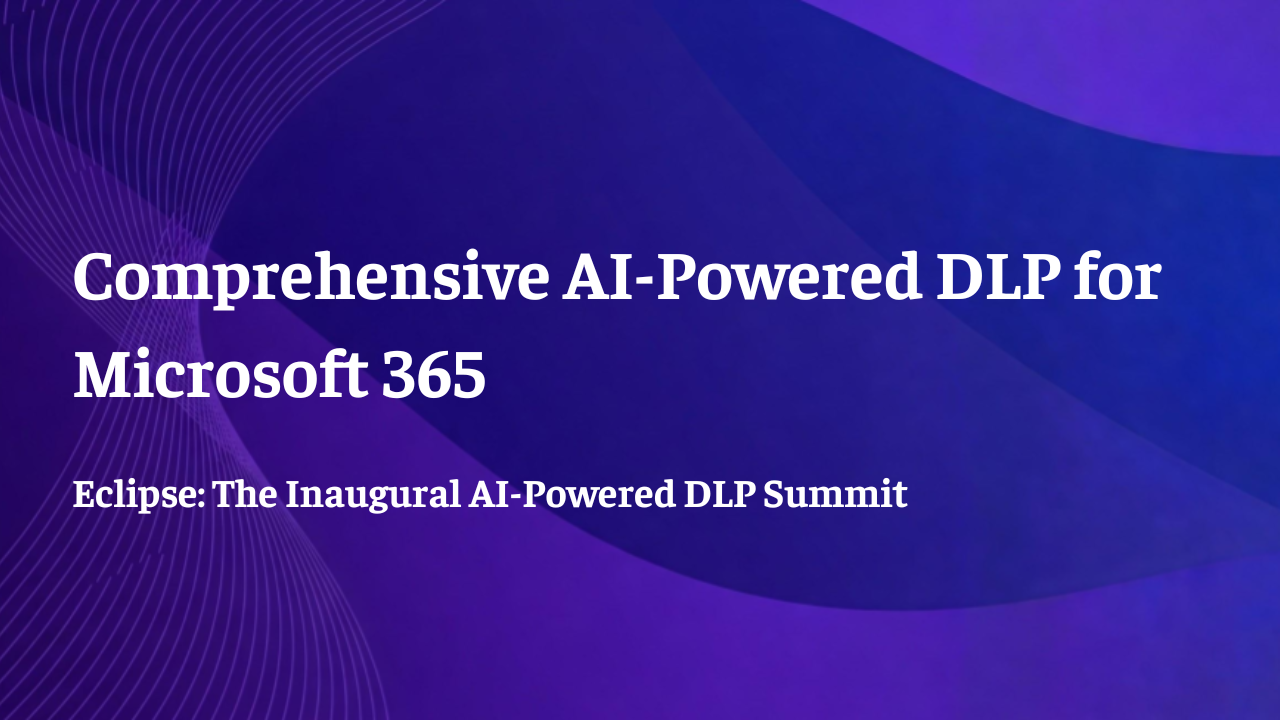
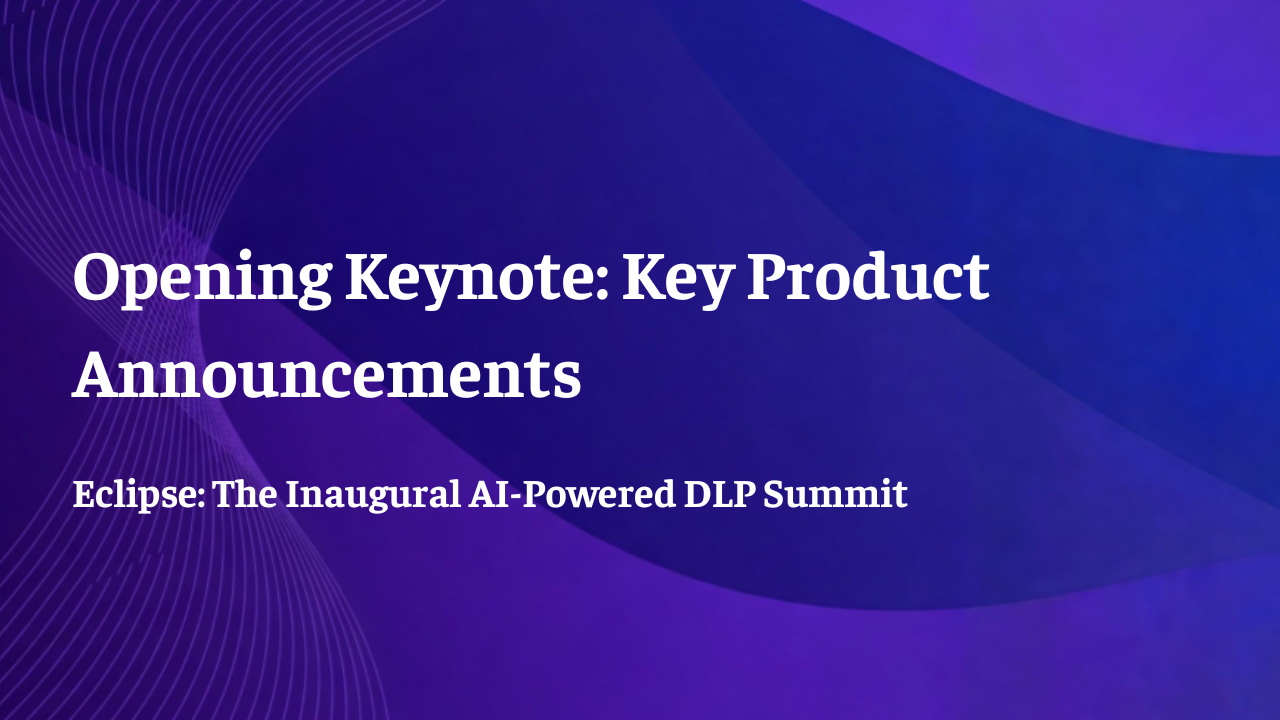

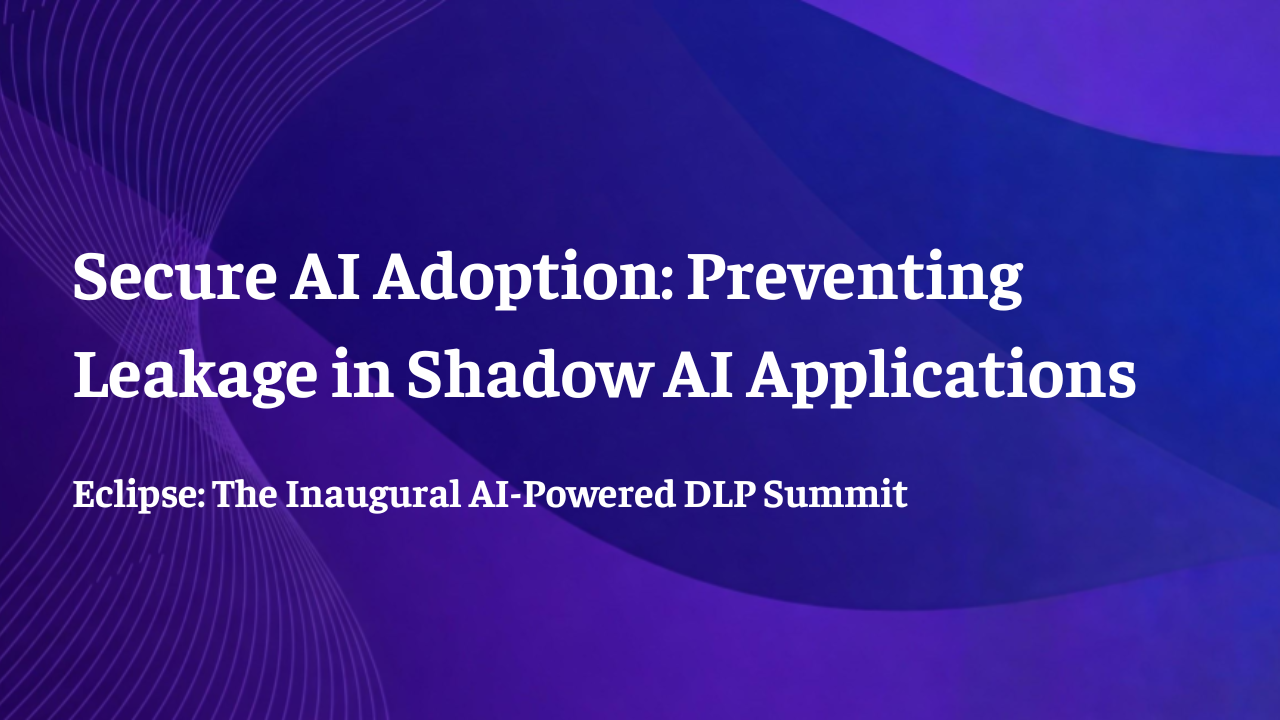

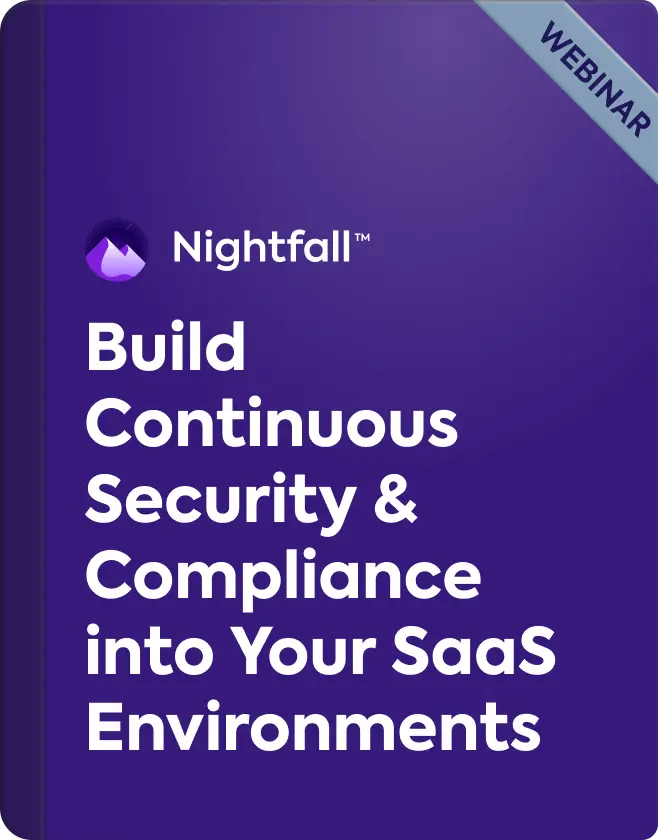
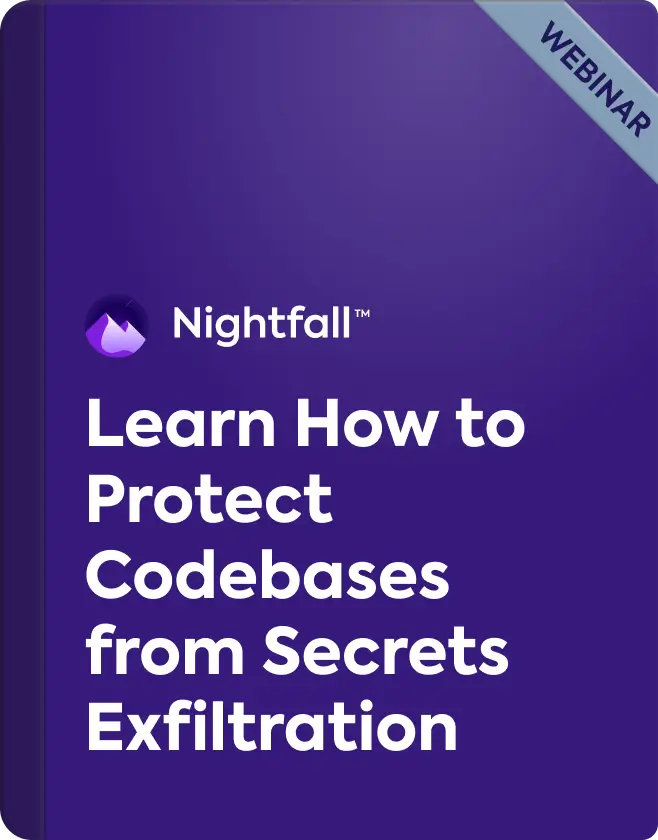

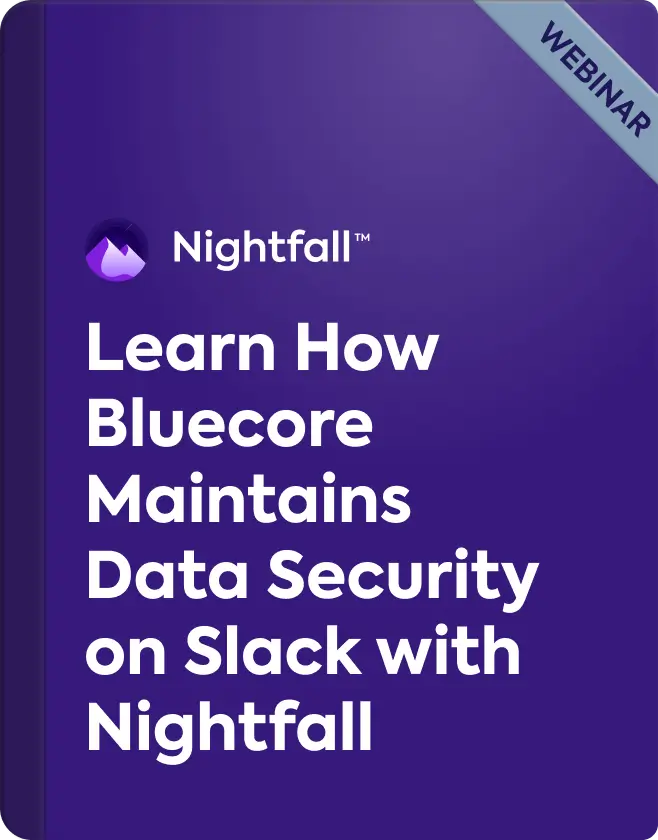

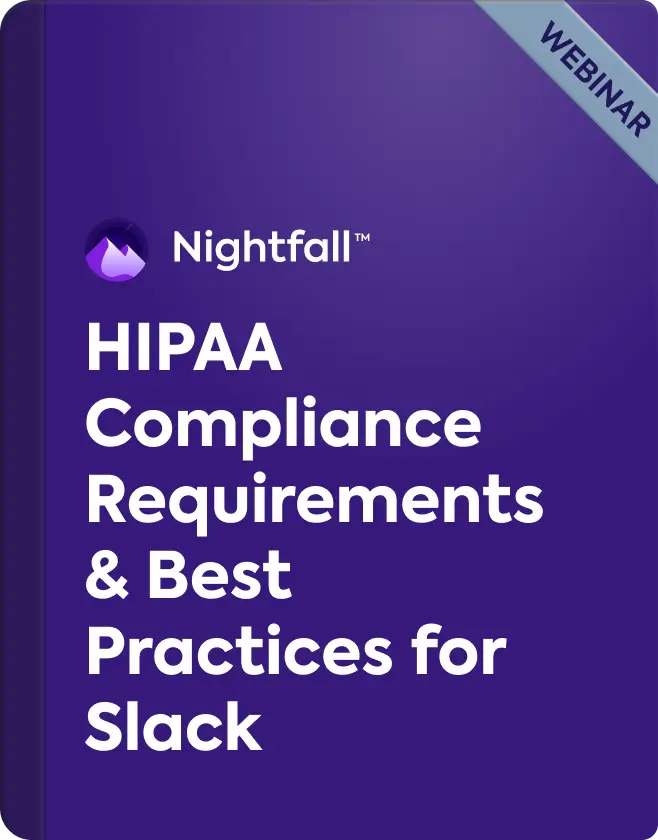
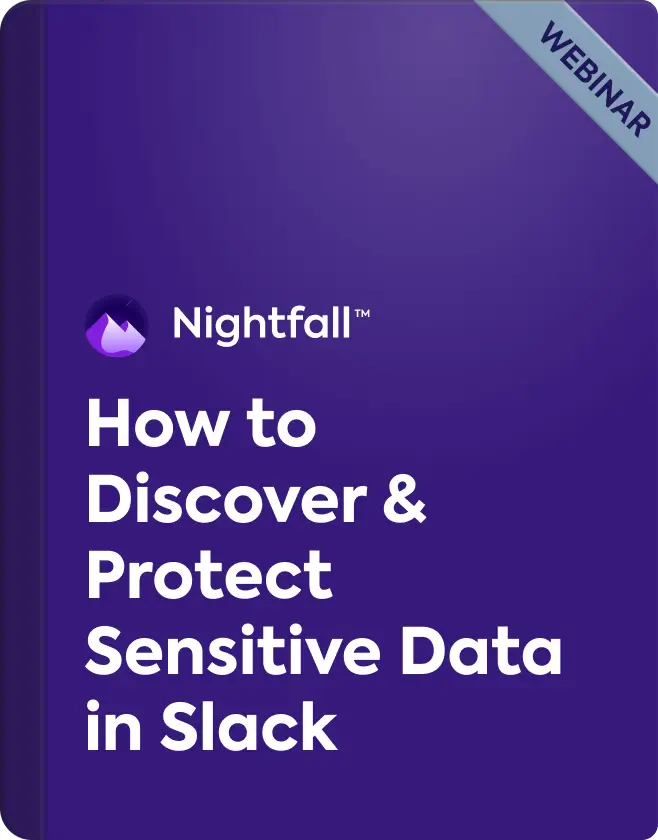

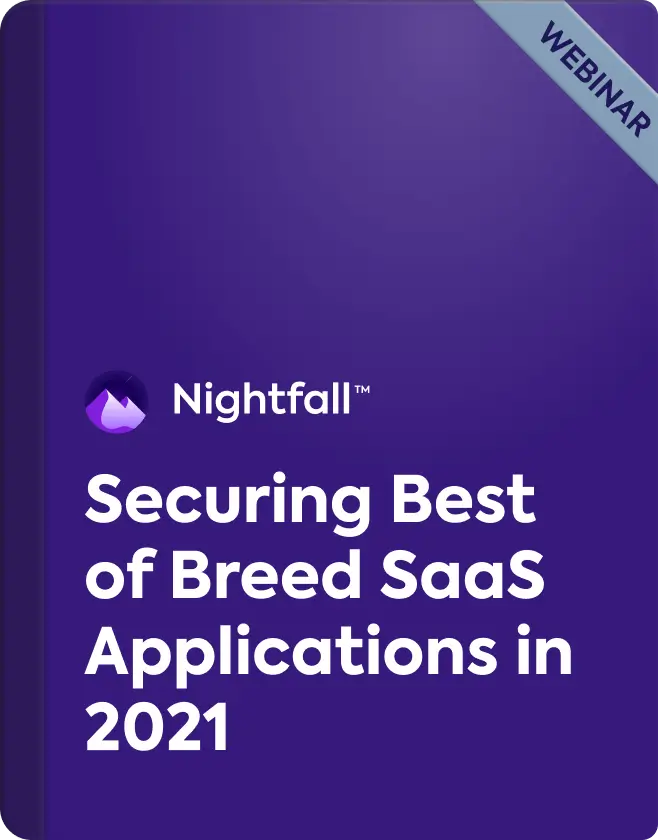


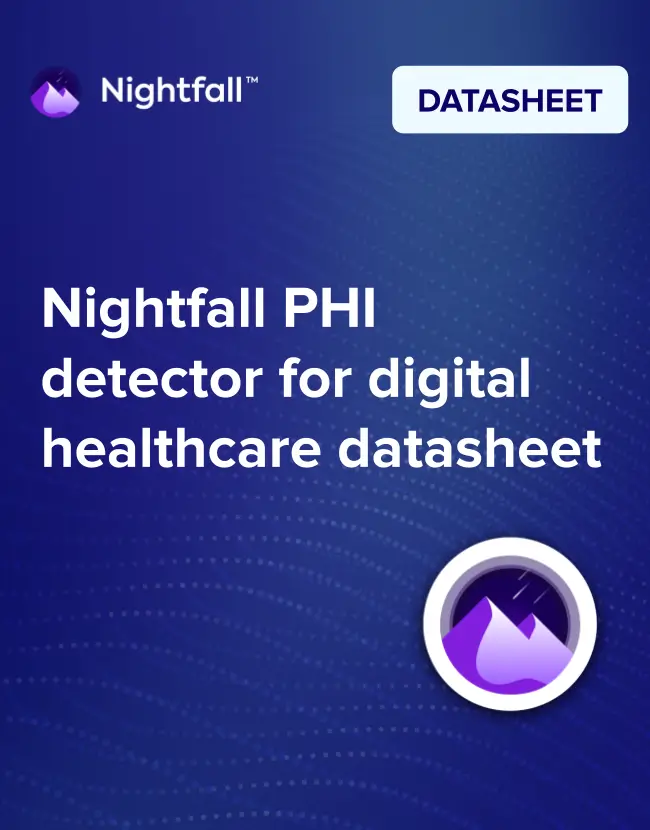
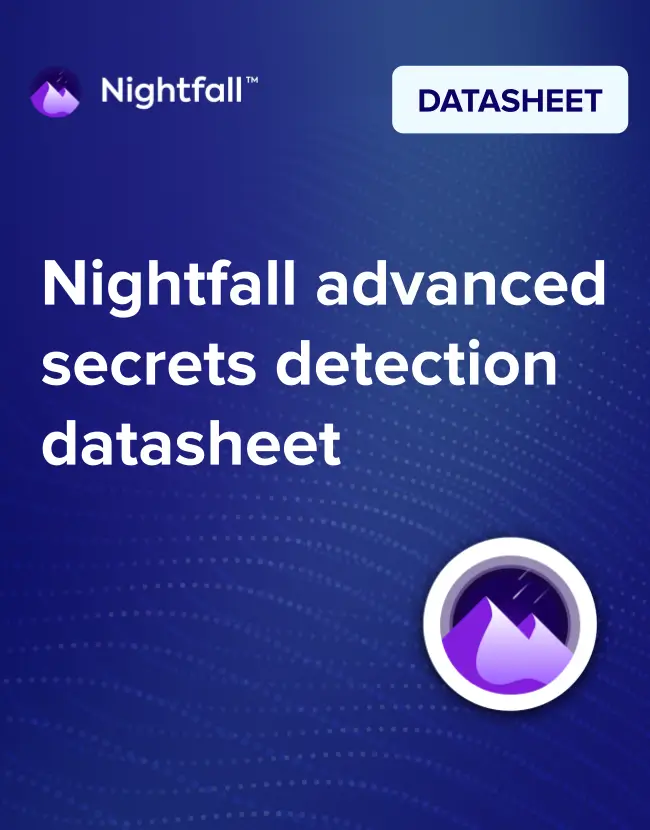


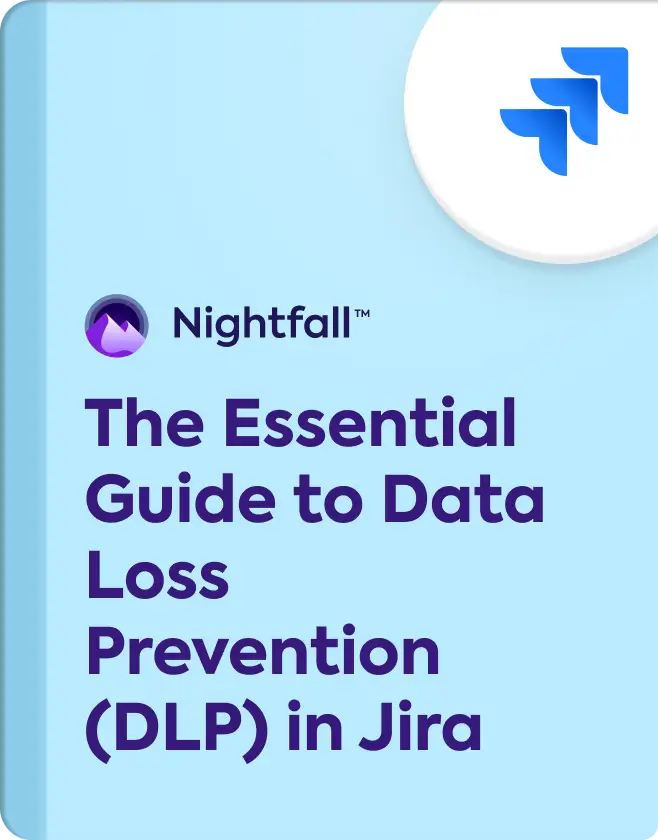



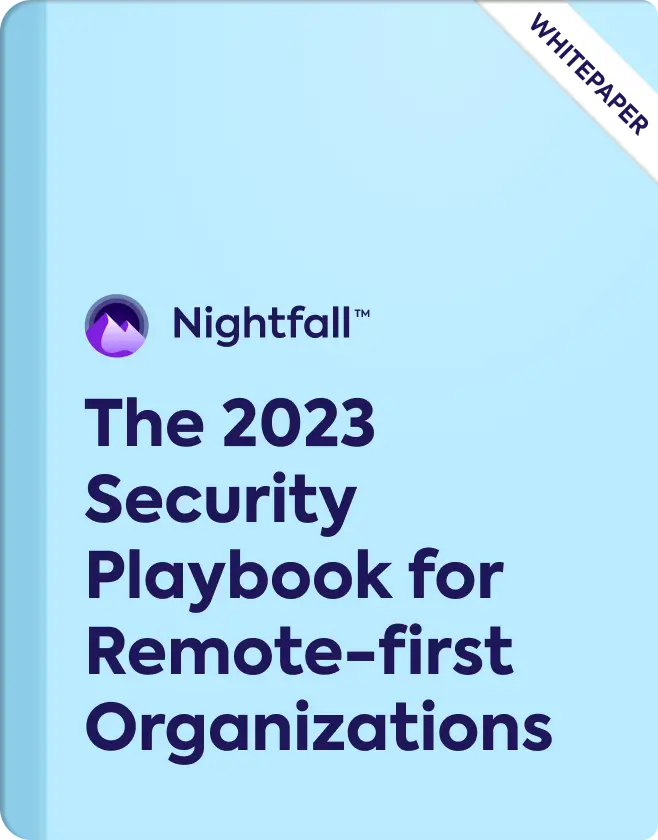
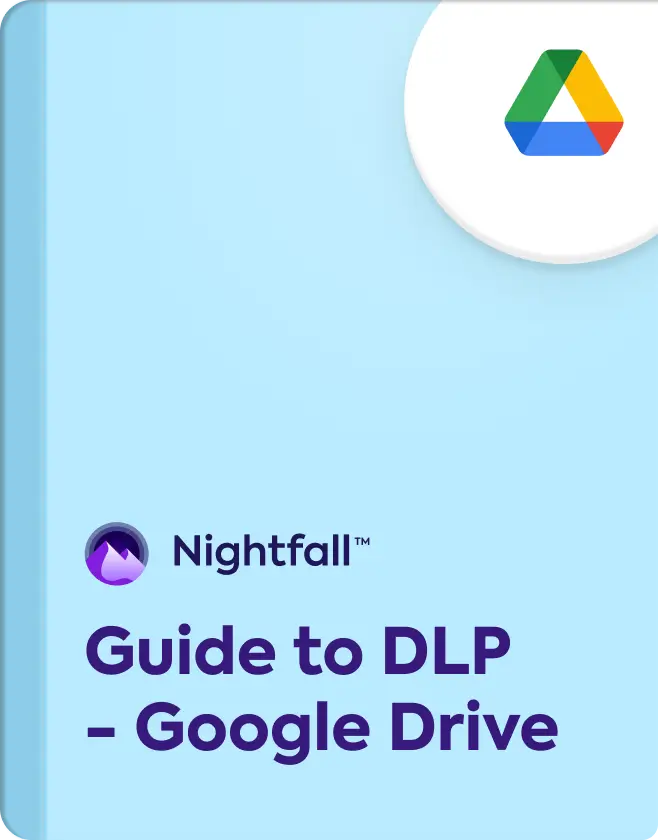
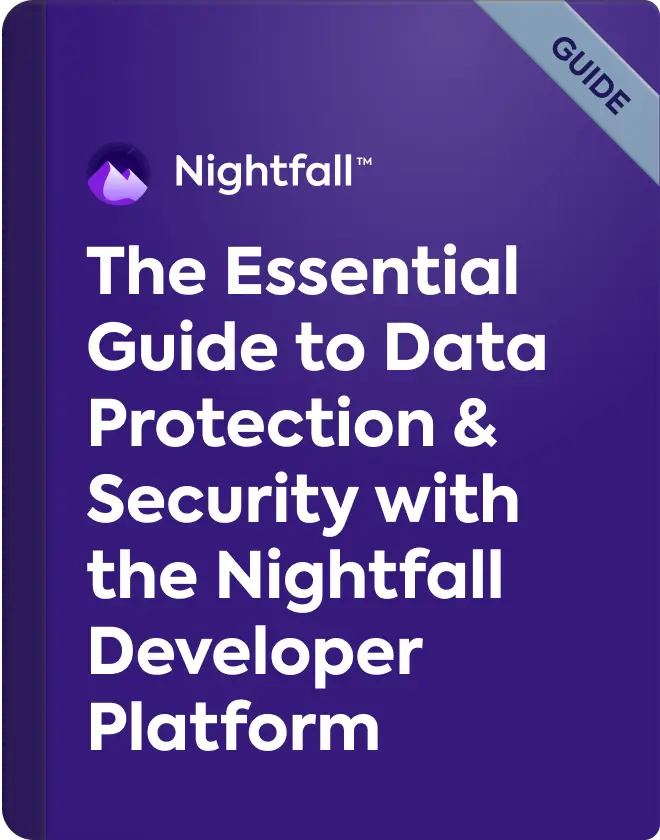



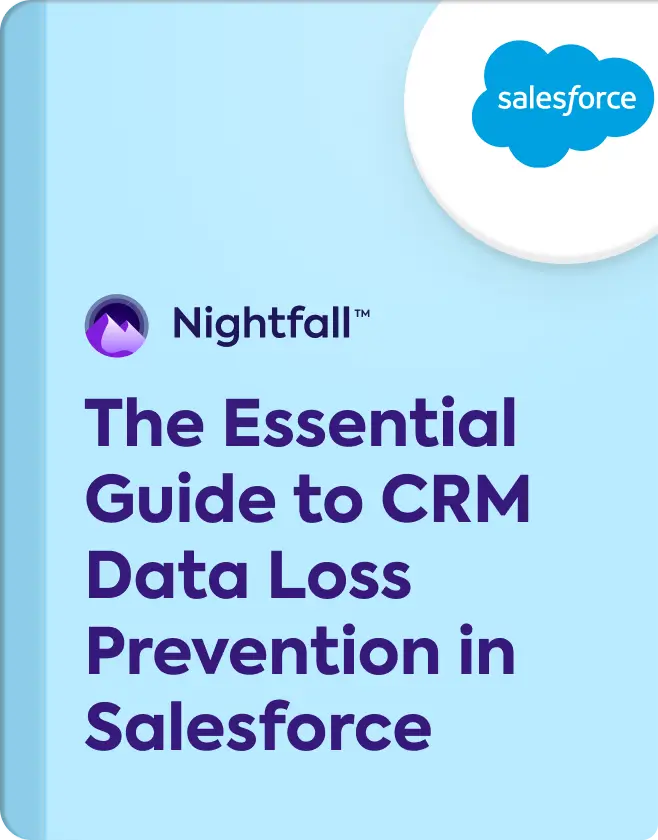
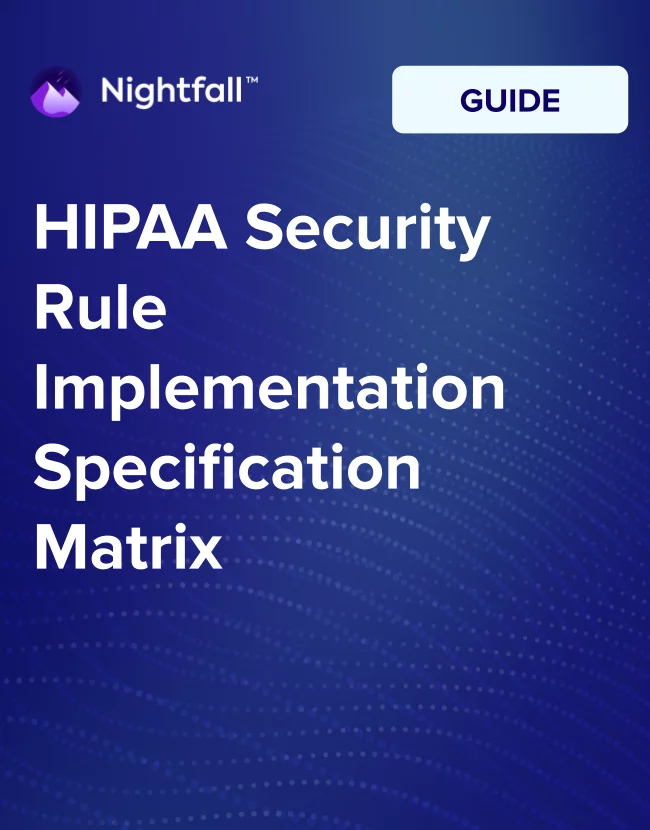
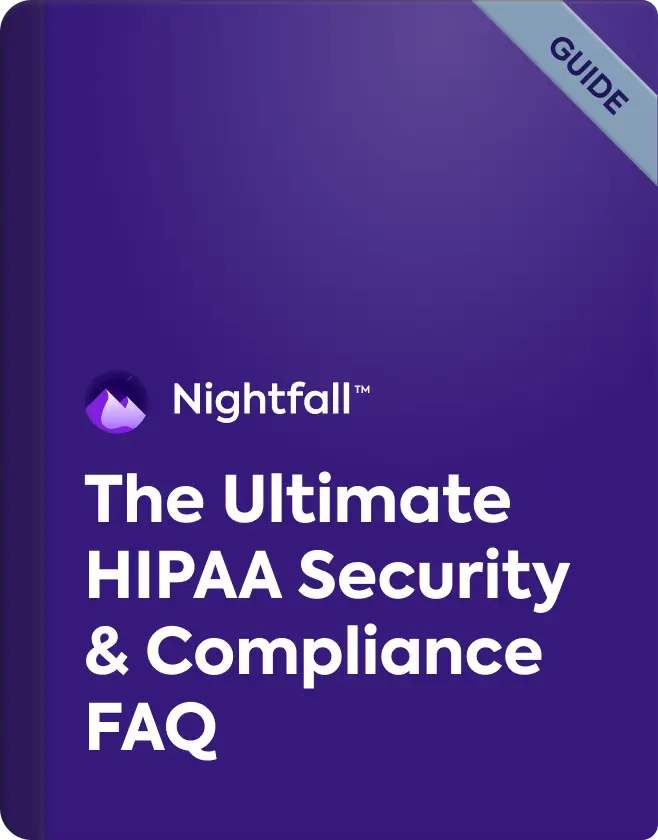







.webp)



















.webp)



